FIELD TRIAL IN ALMOND CULTIVATION
Evaluation of the efficacy of the products LABICUAJE and LABIQUANTIUM in improving the fruit set of almond trees (Prunus dulcis)
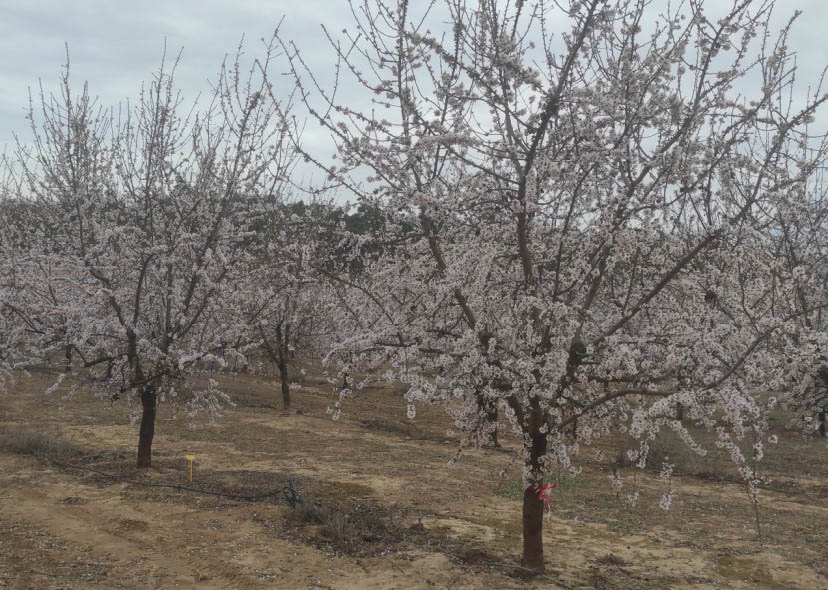
LABICUAJE+LABIQUANTIUM Almond Improve fruit set
Trial
Location: Llardecans, Lleida, Spain.
Cultivation: Prunus dulcis (Almond) of the variety “VAIRO” self-fertile on “INRA GF-677” rootstock from commercial nurseries, planted in June 2017. The management of the experimental plot (irrigation, fertilisation, pest and weed control) was carried out in compliance with the Integrated Production rules (Resolution ARP/1883/2018). The planting pattern was 7m x 6m and the training system used was the classic vase. The trial was based on carrying out different treatments with applications of LABICUAJE at two differents doses (3 and 5 kg/ha) and in the last treatment, applying the maximum dose (5 kg/ha) together with 2 L/ha of the product LABIQUANTIUM.
These three treatments were compared with a CONTROL without applications. During the study period, no other type of phytofortifier, phyto-regulator, biostimulant or nutrient was applied.
Trial date: March 2022.
Applications: Two applications of the products were made, at the F (flowering) and G (petall fall) stages (Figure 1) at two different doses (Table 1). The product was applied by foliar application, simulating a conventional application by means of a high-pressure motor pump, with an approximate consumption of 1000 litres/ha. Leaves and fruit were wetted without reaching the “run-off” point (Figure 2).
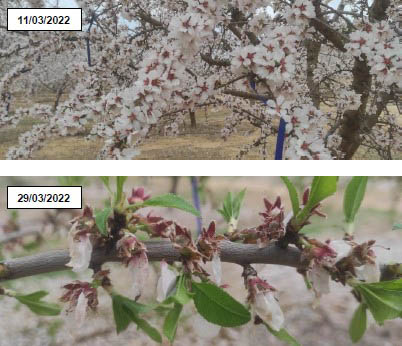
FIGURE 1. Phenological stages (F and G) at the moment of application of the products.
| Moment of applications | ||||||
| Nº | Treatment | Product | Doses (kg or L/ha) | Nº appl. | Stage F (flowering) | Stage G (petal fall) |
| T1 | CONTROL | - | - | - | - | - |
| T2 | LABIN 1 | LABICUAJE | 3 | 2 | X | X |
| T3 | LABIN 2 | LABICUAJE | 5 | 2 | X | X |
| LABIQUANTIUM | 2 | 2 | X | X | ||
| T4 | LABIN 3 | LABICUAJE | 5 | 2 | X | X |
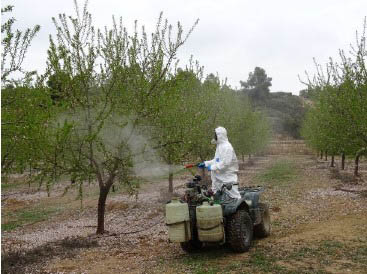
FIGURE 2. Performance of one of the foliar applications made during the trial.
All the applications coincided with the treatments carried out on the commercial cultivation for the prevention of diseases such as monilinia and ochre blotch (Polystigma fulvum). Therefore, these applications should not be carried out intentionally, but should take advantage of the treatments for the control of the main almond tree diseases. The selected trees on the cultivation were of equal vigour, volume and productive potential. The significance of the mean values of the parameters analysed in the different samplings was established usting the ANOVA statistical procedure of the SAS statistical package and the comparison of the means in each parameter using Duncan’s test ( alpha<0,05).RESULTS
PHYTOTOXICITY
No phytotoxicity or alteration was observed during the course of the trial, neither in leaves nor in fruits, attributable to the application of any dose of the tested product.EVALUATION OF FRUIT SET
(Figure 3) shows the results of fruit set in the first evaluation carried out 7 days after the second application. It should be noted that this year, the VAIRO variety was 5 days earlier than the average of the last 10 years. In the figure, we can see that VAIRO had a normal fruit set in this first evaluation with average values of 16,2%. In all the treatments there was an increase in the fruit set of the almonds (from 18,1% to 23,2%). The treatment with the best results, which incerased by 7% to the CONTROL, was T3, LABIN 2 (application of LABICUAJE and LABIQUANTIUM in the same treatment).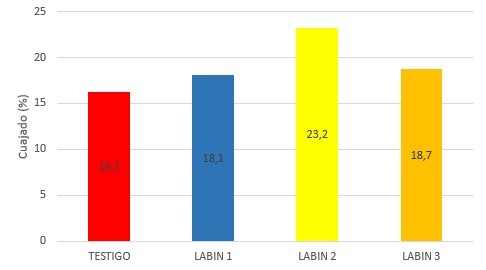
FIGURE 3. Fruit set (%) of the variety “VAIRO” in the evaluation of 4 April 2022.
ECONOMIC STUDY
Considering the normal situation of a production of 2000 kg of almond kernels/ha for the CONTROL treatment, and considering that the increase in fruit set is directly proportional to 100% of the increase in production, we have the following yields per treatment;CONTROL: 2000 kg of kernels/ha
LABIN 1: 2038 kg of kernels/ha (fruit set increased by 1’9% compared to CONTROL)
LABIN 2: 2140 kg of kernels/ha (fruit set increased by 7% compared to CONTROL)
LABIN 3: 2050 kg of kernels/ha (fruit set increased by 2’5% compared to CONTROL)
We observed increases of 38 to 140 kg of kernels/ha, thanks to LABIN treatments with LABICUAJE and LABIQUANTIUM products.
If almonds are priced at 3 euros per kg of kernel, the gains are as follows;
LABIN 1: 114 euros/ha
LABIN 2: 420 euros/ha
LABIN 3: 150 euros/ha
Profit range from 114 to 420 euros per hectare.
Assuming the following product application cost; LABICUAJE at 7 euros/kg and LABIQUANTIUM at 9’5 euros/L. We will obtain a total profit per hectare as follows:
LABIN 1: 114 euros-42 euros= 72 euros/ha
LABIN 2: 420 euros-110 euros= 310 euros/ha
LABIN 3: 150 euros-70 euros= 80 euros/ha
Gains of 72 to 310 euros per hectare with LABIN treatments
Conclusions
- The products LABICUAJE and LABIQUANTIUM did not show any phytotoxicity at the doses and times applied under the trial conditions.
- The product LABICUAJE (T2) improved almond fruit set respect to CONTROL by 1’9% and in T3,when LABICUAJE and LABIQUANTIUM were applied together, the improvement with respect to CONTROL was 7%.
- An increase in the dose of the LABICUAJE, when applied alone, does not result in significant differences in terms of increasing the initial fruit set.
- Clearly, when LABICUAJE and LABIQUANTIUM are applied together in the F and G stages of the almond tree crop, a synergy is obtained between them, which leads to a substantial increase in the fruit set of future fruit.
- The farmer will earn between 72 and 310 euros per hectare, by carrying out the LABIN treatments in this trial.
- It is interesting to be able to study whether this same application at post-harvest times can increase tree reserves, as well as induction and differentiation for the following crop year.
Other success stories

FIELD TRIAL IN ALMOND CULTIVATION
LABICUAJE+LABIQUANTIUM Almond Improve fruit set... Read more
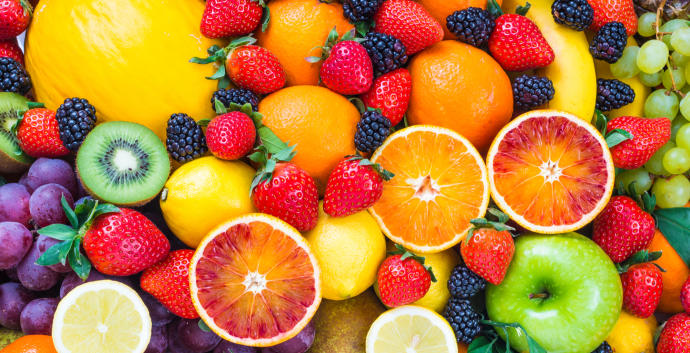
LABISINERGIC in cultivation plans
... Read more
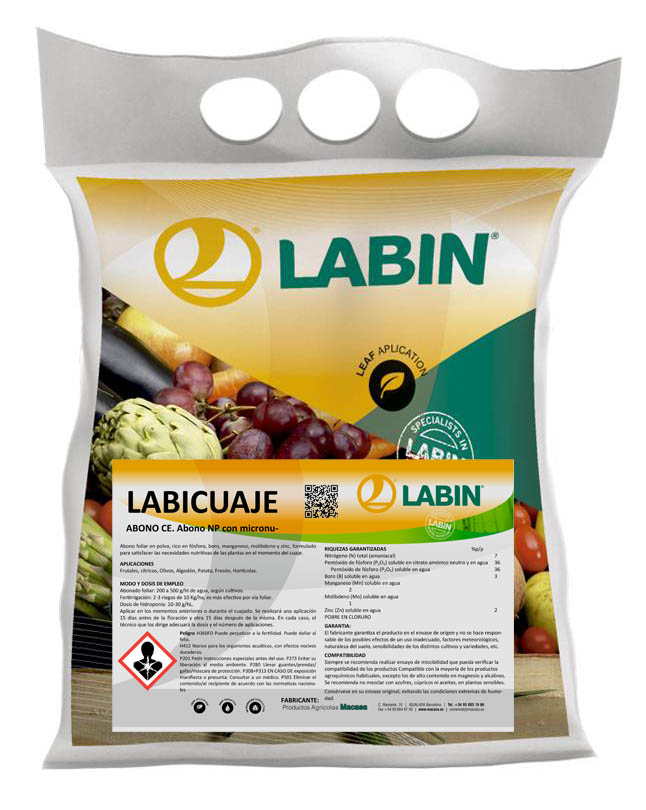
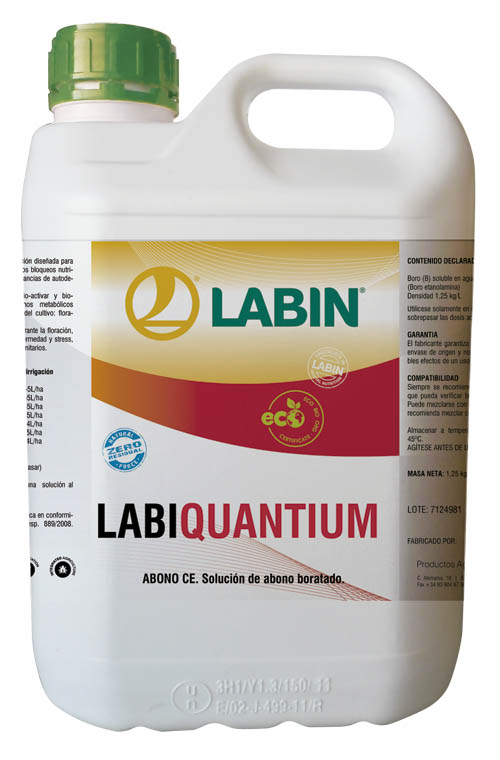

Ask Us